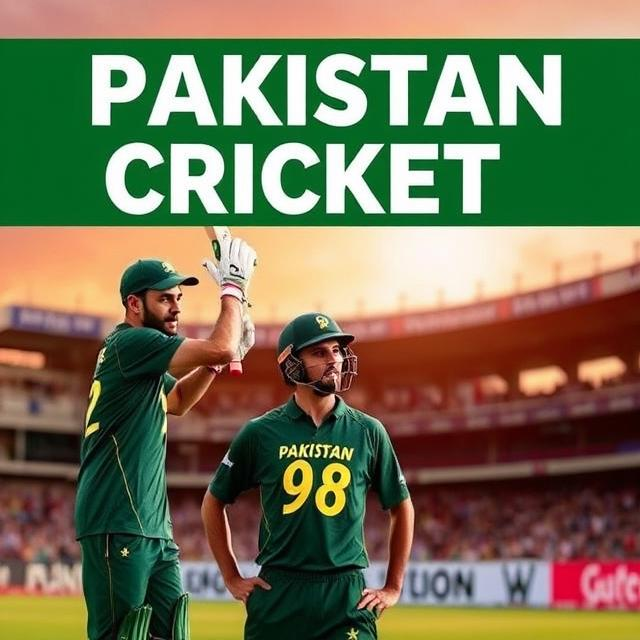Indian Memes on Pakistan Cricket 2019: A Humorous Look at the Rivalry
Indian Memes on Pakistan Cricket 2019: A Humorous Look at the Rivalry
The India-Pakistan cricket rivalry is legendary, and the 2019 series was no exception. While the on-field action was intense, it was the off-field, digital world of memes that truly captured the zeitgeist. This article delves deep into the hilarious Indian memes surrounding the 2019 Pakistan cricket matches, exploring the underlying emotions, cultural nuances, and social commentary woven into the digital tapestry.

The 2019 series ignited a firestorm of online commentary, not just on sports platforms but across social media, with Indian memes playing a central role. These memes weren’t just random jokes; they often reflected the deep-seated history, political undercurrents, and cultural differences between the two nations. Let’s examine the various themes and techniques employed in these viral creations.
The Nuances of Humor in Indian Memes
Indian memes, especially those about Pakistan cricket, often employed a layered approach to humor. They aren’t just about mocking; they frequently tap into existing societal narratives, cultural stereotypes, and historical context. One recurring theme, for example, was highlighting the contrasting styles of play and perceived attitudes of the players from both sides.
Understanding this specific dynamic is crucial. The memes aren’t purely about sports; they also serve as a platform for expressing political and social viewpoints, although often in a lighthearted way. Moreover, many memes subtly acknowledge the shared cultural and historical connections despite the rivalry. It’s this blend of competitiveness and underlying respect, or perhaps even a hint of irony, that makes these memes so engaging.
Themes and Tropes: Deconstructing the Meme Landscape
Many of the memes revolved around specific match highlights, player performances, or controversial moments. This was crucial in resonating with the targeted audience, connecting with events that mattered to them and creating relatable content.
Performance-Based Memes: Memes often centered on specific moments where one team excelled or the other faltered. These memes capitalized on the emotional impact of the events, turning them into humorous narratives that spoke to shared experiences and perspectives.
Player-Specific Memes: Memes frequently targeted particular players, highlighting their perceived strengths or weaknesses, often drawing on pre-existing narratives or perceptions. These memes played on stereotypes or humorous portrayals of individual performances. Often, the memes would cleverly use common visual and textual cues.
Contextual Memes: These memes skillfully used current events, news stories, or even political issues to create a satirical or ironic commentary about the cricket matches. These memes effectively bridged the gap between sports and current affairs, highlighting the broader cultural context surrounding the games.
Beyond the Jokes: The Social Commentary
Memes, while seemingly lighthearted, can reflect underlying social and political dynamics. In the case of the India-Pakistan cricket rivalry, the memes often reflected the complex interplay of emotions, from intense competitiveness to subtle acknowledgements of shared heritage.
A deep dive into these memes revealed a more nuanced commentary on cultural differences. This wasn’t always overtly stated, but it often emerged in subtle ways. Memes explored the relationship between competitiveness and underlying respect, or even contained veiled allusions to political and social issues. These memes, therefore, offered more than just entertainment, providing a glimpse into how people felt about the interplay between these two nations.
The Role of Online Communities and Viral Spread
Online communities played a crucial role in the creation, sharing, and amplification of these memes. Social media platforms facilitated the rapid spread of these memes, which became a vibrant form of shared cultural experience. This rapid spread highlighted the interconnectedness of people across the digital world.
The Lasting Impact of the 2019 Meme Culture
The memes surrounding the 2019 Pakistan cricket matches were more than just ephemeral pieces of digital entertainment. They serve as a potent reminder of how humor, particularly in a specific social and cultural context, can effectively connect people and shape the perception of events.
The memes effectively captured the zeitgeist of the time, reflecting not just the excitement and tension of the games but also the broader societal and cultural dynamics of the nations involved. Understanding these memes, then, is key to grasping the complexity of the India-Pakistan relationship through the lens of popular culture. This is a window into the thoughts and feelings of a generation, expressed through a unique digital language.
Conclusion
In conclusion, the Indian memes surrounding the Pakistan cricket 2019 series were a fascinating blend of humor, cultural references, and social commentary. More than just entertainment, they offered a unique insight into the complexities of the India-Pakistan rivalry through the eyes of one country’s digital culture. These memes highlight the power of popular culture to reflect and shape perceptions, even in the context of a high-stakes international sporting competition.
The analysis of these memes provides insights into how social media shapes our perceptions of events and our understanding of broader societal issues. This analysis serves as a prime example of how we can use the lens of pop culture to explore the dynamics between societies.
Further research could examine the variations in meme creation and reception across different social media platforms and user groups. It would also be interesting to compare these memes to those from the Pakistani perspective to get a more holistic view of the digital conversation surrounding this significant sporting event.